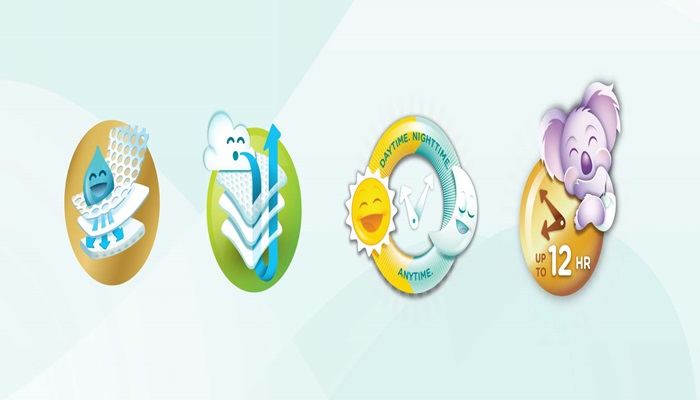In 2025, as the baby products market continues to thrive, an in-depth analysis of the advertising strategies of the top 5 baby brands is of great significance. Meanwhile, the alarming situation of kids having some of the highest levels of lead in their blood has emerged, highlighting the urgent need for more state funding.
The Alluring World of Top 5 Baby Brands’ Ads Strategies in 2025
Diverse Platform Utilization: The top 5 baby brands are making full use of various platforms. They not only advertise on traditional media like TV but also focus on social media platforms such as Facebook, Instagram and TikTok. Through short, engaging videos and eye-catching pictures, they aim to attract the attention of young parents.
Targeted Marketing: By analyzing big data, these brands have a clear understanding of their target customers, mainly young parents aged 26 – 35. They design advertisements that highlight product features such as safety, convenience and innovation to meet the specific needs of this group.
Emotional Appeal: Many advertisements of these brands adopt an emotional approach, integrating products into warm and touching family stories. This kind of advertising makes parents feel a strong emotional connection and enhances their recognition of the brand.
The Harsh Reality of High Blood Lead Levels in Kids
The problem of high blood lead levels in kids is extremely worrying. High levels of lead in the blood can cause serious damage to children’s nervous systems, affect their intellectual development, and lead to behavioral problems. This may be related to environmental pollution, poor product quality, or other factors.
The Cry for State Funding
To address the issue of high blood lead levels in kids and ensure the healthy development of the baby products market, more state funding is urgently needed. The funds are required to conduct comprehensive research on the sources of lead in children’s living environments, strengthen the supervision of baby product quality, and carry out publicity and education activities to raise public awareness of lead prevention.
Related topics:


